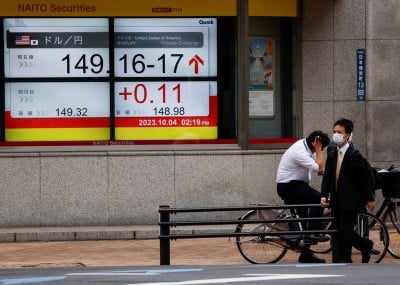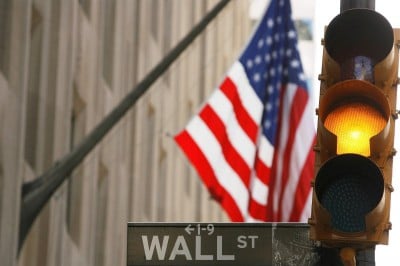The Prime Interest Rate and How It Affects You

Ariel Skelley / Getty Images
The prime interest rate—3.25% as of December 2020—is what U.S. banks charge their best customers. The people and businesses with the highest credit scores merit this rate because they are perceived as the least likely to default on their loans. It's also called the prime lending rate, the prime rate, or even just prime.
How the Prime Rate Is Determined
Banks base the prime rate on the federal funds rate, generally setting it three percentage points higher. The fed funds rate—set by the Federal Reserve—is the rate banks charge each other for special overnight loans. They borrow fed funds from each other to fulfill the Fed's reserve requirement each night.
Banks lowered the prime rate after the Federal Reserve's Federal Open Market Committee reduced the target for the fed funds rate for the second time in 2020, cutting it to a range of 0% to 0.25% on March 15, 2020.
The move, a response to the economic turmoil in 2020, marks only the second time the benchmark rate has been cut to virtually zero. The first time was amid the 2008 financial crisis.
Note
Treasury notes determine other interest rates. Those include fixed rates for 30-year mortgages, corporate bond rates, and other long-term loans.
Two Ways the Prime Rate Affects You
Banks base most interest rates on prime. That includes adjustable-rate loans, interest-only mortgages, and credit card rates. The rates are often prime plus a certain percentage because banks have to cover the losses they incur on loans that never get repaid. The higher the percentage above prime, the more perceived risk there is.
Some of the riskiest loans are credit cards. Whenever the prime rate rises, variable credit card rates rise, too. And when that happens, your monthly payments may increase. Conversely, a drop in prime lowers your borrowing costs. That's why you should pay close attention to when the Fed raises or lowers the fed funds rate.
The prime rate also affects liquidity in the financial markets. A low rate increases liquidity by making loans less expensive and easier to get. When prime lending rates are low, businesses expand, and so does the economy. Similarly, when rates are high, liquidity dries up, and the economy slows down.
Prime Rate vs. LIBOR
Not all banks base their interest rates on the prime rate. International banks and large banks with a lot of foreign customers use the London Interbank Offered Rate (LIBOR). It's the rate banks charge each other for short-term loans.
Note
As part of a Federal Reserve and UK phase-out, LIBOR rates will cease publication at the end of 2021, and contracts using LIBOR are to wrap up by the end of June 30, 2023.
LIBOR, the fed funds rate, and the prime rate do tend to move in tandem, however. The three-month LIBOR rate is often a few tenths of a point above the fed funds rate.
When the rates don't move together, that indicates that something is wrong with the financial markets. For example, LIBOR rate history shows that LIBOR didn't budge at certain points during the 2007-2008 financial crisis, even when the fed funds rate was cut.
Banks were afraid of getting subprime mortgage debt as collateral from each other. They kept LIBOR high to offset this risk. Banks were so afraid to lend to each other that they kept raising LIBOR even as the prime rate fell. This situation is illustrated in the chart below.







